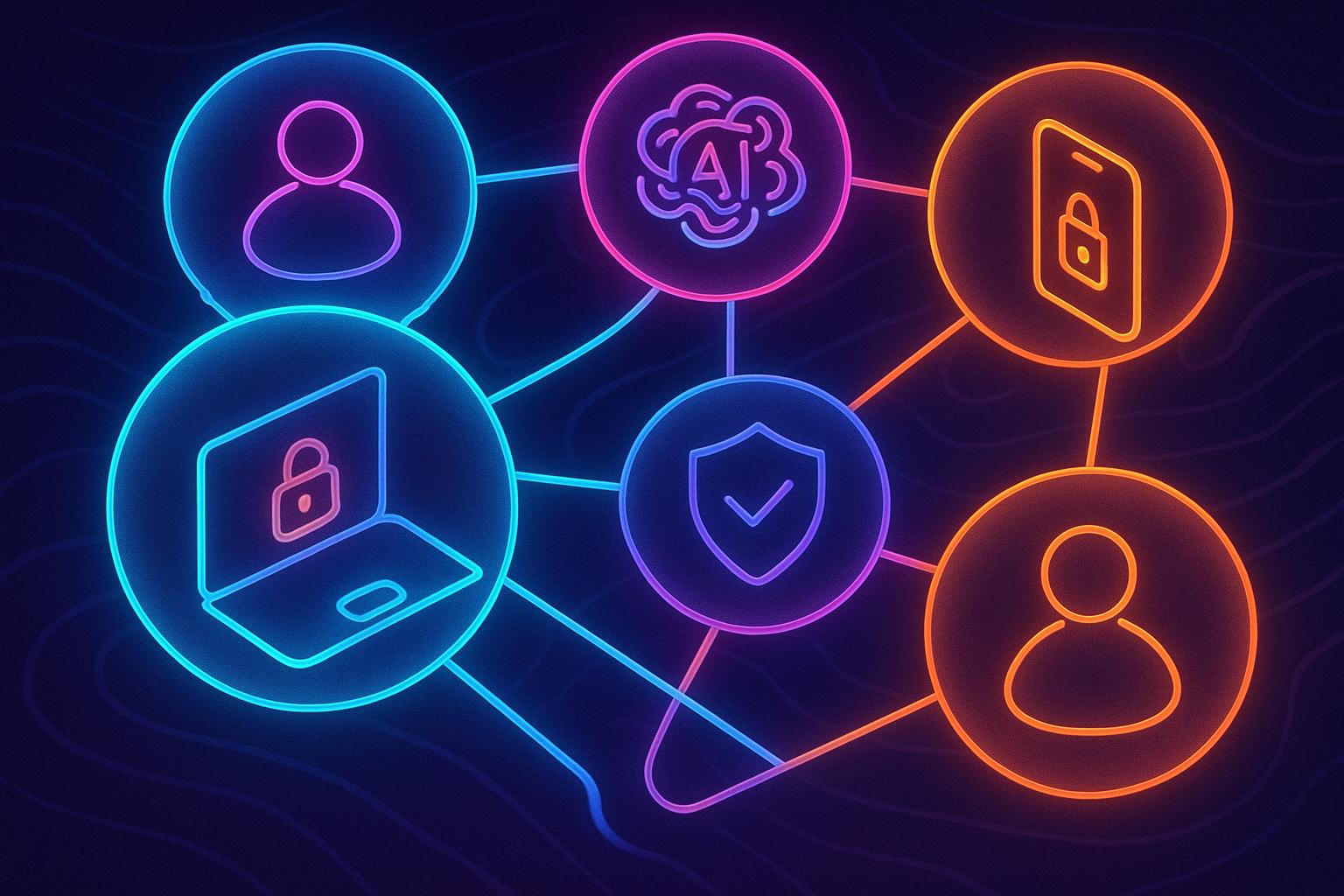
AI CERTS
1 day ago
Trend Micro Elevates Zero Trust for AI Secure Access
Analysts expect the Generative AI Tools security market to reach billions within years. Therefore, understanding Trend’s approach helps leaders protect innovation without stifling speed. This article dissects the strategy, market forces, and practical guidance.
Market Forces Driving Demand
MarketsandMarkets projects the generative-AI cybersecurity market to hit $8.65 billion in 2025. Moreover, analysts expect $35 billion by 2031, reflecting 26.5% compound growth. Grand View Research shows similar curves for AI TRiSM solutions.

Consequently, boards demand guardrails before staff embrace Generative AI Tools widely. Zero Trust frameworks deliver those guardrails by validating every request continuously. In contrast, legacy perimeter models assume internal traffic is safe.
Demand for secure AI access is undeniable. However, strategy matters more than scale alone. With context set, we examine Trend Micro’s playbook.
Trend Micro's Strategy Explained
Trend Micro anchors Vision One on continuous attack surface visibility. Furthermore, the company embedded an AI brain, branded Cybertron, to automate triage. AI Secure Access extends the platform with Zero Trust gates around AI sessions.
It inspects prompts, tags sensitive data, and triggers Policy Enforcement based on context. Additionally, Trend partnered with NVIDIA to run detection models on GPUs in data centers. Eva Chen framed the upgrade as guiding enterprises through their AI journey without endless manual toil.
These moves create a unified control layer. Consequently, security leaders gain consistent coverage across cloud, endpoint, and GenAI traffic.
Inside AI Secure Access
At runtime, the module brokers every connection between users and public or private LLMs. Moreover, it classifies prompts, screens outputs, and enforces rate limits for sensitive workloads. The process remains transparent to employees, reducing friction.
Prompt Inspection Methods Overview
Trend applies pattern matching, semantic analysis, and threat intelligence to detect prompt injection. Additionally, detections feed autonomous playbooks that quarantine sessions or request user confirmation. The sequence supports Policy Enforcement without slowing development.
Key capabilities appear in the following list:
- Real-time defense against OWASP LLM01 attacks
- Content tagging for regulated data classes
- Rate limiting to protect private models
- Unified logs for auditors and SOC teams
- Granular rules covering popular Generative AI Tools
These functions combine with the platform’s broader telemetry. Therefore, analysts receive correlated alerts instead of siloed signals. Unified insight paves the way for strategic decisions.
Policy Controls And Enforcement
Organizations often rely on spreadsheets to track GenAI guidelines. In contrast, Trend codifies those rules and automates Policy Enforcement. Rules evaluate identity, device posture, data classification, and risk score before approving prompts.
Moreover, administrators can block public models when sensitive projects are active. Conversely, they may allow internal LLMs with stricter logging. Such flexibility reduces Shadow IT because employees lack incentives to bypass controls.
Effective Policy Enforcement minimizes accidental leaks while preserving creativity. Subsequently, compliance teams gain audit evidence without extra paperwork. These advantages set the stage for stronger resilience.
Addressing Emerging Threats Now
Prompt injection tops the OWASP list of LLM dangers. Nevertheless, data poisoning, model theft, and insecure output handling also loom. Trend’s roadmap addresses each vector through layered defenses.
Furthermore, the company secured FedRAMP authorization for Vision One Government, reinforcing public-sector confidence. The approval underscores its alignment with Zero Trust tenets. Meanwhile, integration with NVIDIA accelerates deep-packet inspection for near real-time verdicts.
Teams still need secure development practices. However, centralized tooling lessens manual burden and curbs Shadow IT workarounds. The threat landscape keeps evolving, yet systemic controls improve odds.
Adoption Challenges And Guidance
Deep inspection raises privacy questions. Consequently, enterprises must balance visibility with data minimization. Legal teams should define retention limits and anonymization steps before rollout.
Latency concerns also surface when traffic funnels through security layers. Trend claims sub-millisecond overhead, although independent benchmarks remain scarce. Buyers should request proof-of-concept tests that measure false positives and throughput.
Professionals can enhance their expertise with the Bitcoin Security Professional™ certification. Moreover, adopting Zero Trust maturity models simplifies integration with existing controls. Clear metrics, iterative tuning, and executive sponsorship ensure success.
Implementation hurdles are real. Nevertheless, structured planning turns obstacles into manageable tasks. The journey concludes with measurable risk reduction.
Conclusion
Trend Micro positions Vision One as a linchpin for secure GenAI adoption. Moreover, AI Secure Access wraps Zero Trust principles around model interactions. Integrated prompt inspection, automated Policy Enforcement, and support for popular Generative AI Tools curb Shadow IT while safeguarding data. Challenges persist, yet rigorous testing and phased deployment mitigate most gaps. Consequently, forward-looking teams can innovate confidently. Explore certifications and proof-of-concept opportunities today to advance your organization’s resilience.



